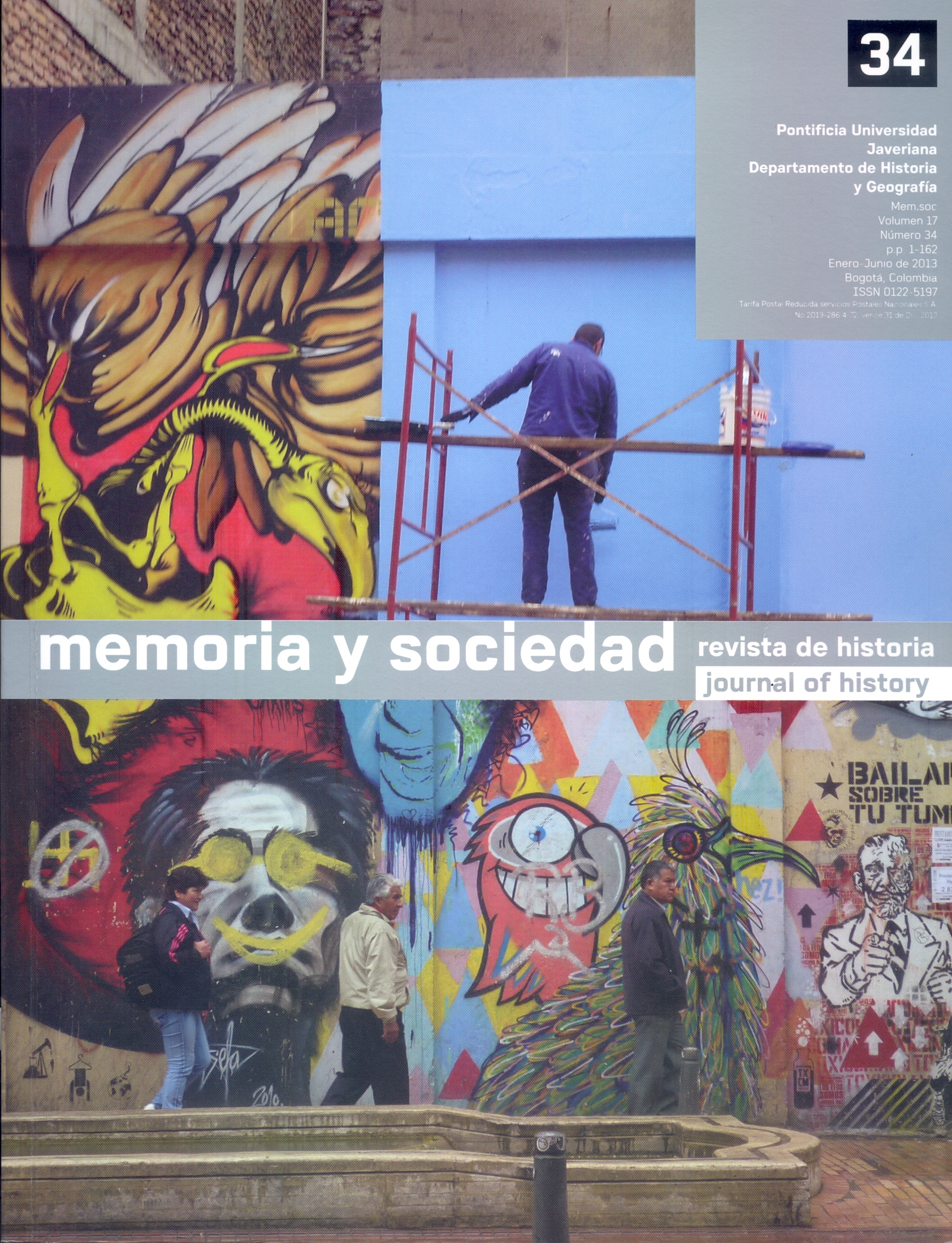Abstract
This paper intends to locate the participation of photographers in photo-cinematographic expeditions related to the creation of the Study Section (se) of the Indigenous Protection Service (spi) in 1941. Having done this, the focus will move to the se, where these professionals were identified as civil servants, including the members of the normative body of the indigenist policy, the National Council for the Protection of Indians (cnpi). These members were responsible for creating and coordinating the work of the se. The hypothesis is that the participation of anthropologists in the cnpi allowed the introduction of applied anthropology in the activities of the spi. In this way, the team, responsible for the recollection of images and sounds of the indigenous groups enrolled set a fundamental starting point for identifying the ambiguity in indigenous policy at the time simply due to the documental and ethnographic materiality. It is shown such a practice was planned, highlighting the scientism in dealing with indigenous groups.The journal Memoria y Sociedad is registered under a Creative Commons Attribution 4.0 International Public License. Thus, this work may be reproduced, distributed, and publicly shared in digital format, as long as the names of the authors and Pontificia Universidad Javeriana are acknowledged. Others are allowed to quote, adapt, transform, auto-archive, republish, and create based on this material, for any purpose (even commercial ones), provided the authorship is duly acknowledged, a link to the original work is provided, and it is specified if changes have been made. Pontificia Universidad Javeriana does not hold the rights of published works and the authors are solely responsible for the contents of their works; they keep the moral, intellectual, privacy, and publicity rights.
Approving the intervention of the work (review, copy-editing, translation, layout) and the following outreach, are granted through an use license and not through an assignment of rights. This means the journal and Pontificia Universidad Javeriana cannot be held responsible for any ethical malpractice by the authors. As a consequence of the protection granted by the use license, the journal is not required to publish recantations or modify information already published, unless the errata stems from the editorial management process. Publishing contents in this journal does not generate royalties for contributors.

